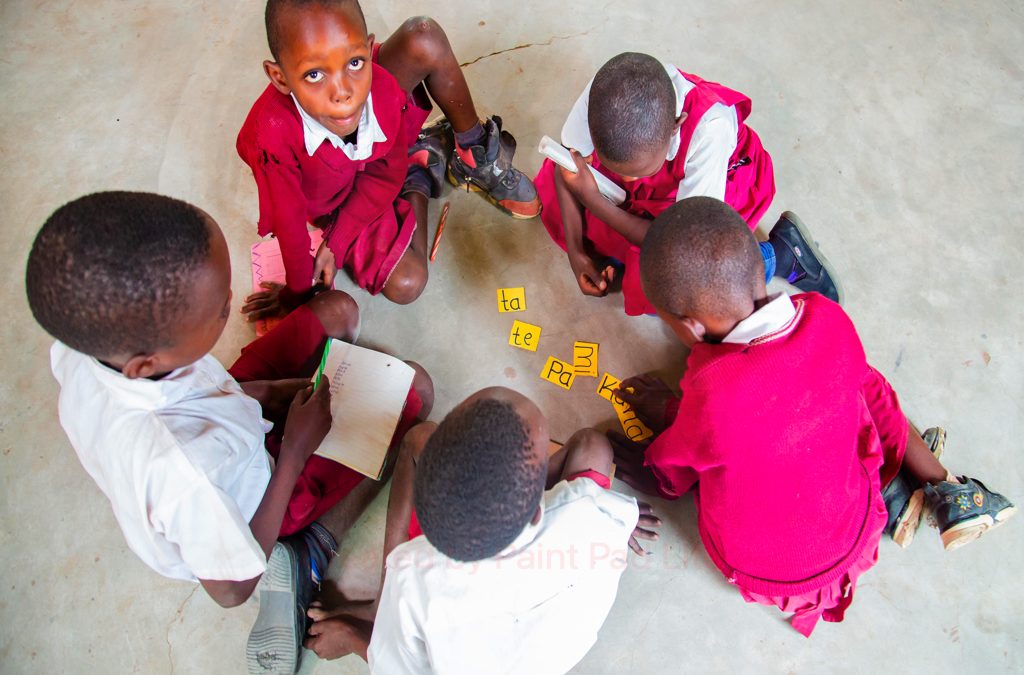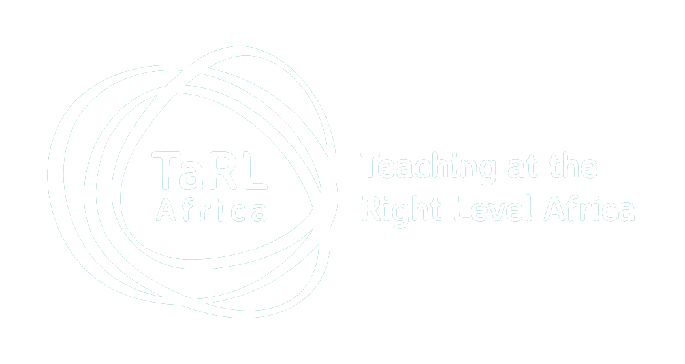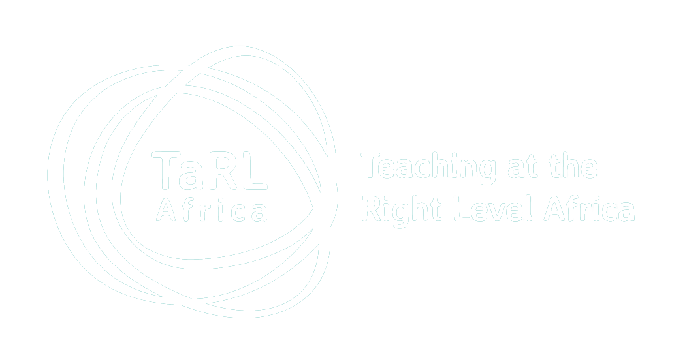
A TaRL classroom in Kenya. Credit TaRL Africa
Many children in sub-Saharan Africa who are enrolled in primary school do not learn the most basic literacy and numeracy skills. These skills include reading, writing, and performing simple mathematics like additions and subtraction. Emerging data shows that this inequality in learning has been further exacerbated by the Covid-19 pandemic deepening concern about an already worsening learning crisis. The World Bank and UNESCO’s Institute of Statistics determined that 53 percent of children in low- and middle-income countries cannot read and understand a simple story by the end of primary school. For example, in its 2018 report, ‘Learning to Realize Education’s Promise,’ the World Bank noted that in Ghana and Malawi 80 percent of students in grade two could not read a simple word.
Additionally, over 50 percent of grade two children in Kenya could not perform a two-digit subtraction. In most contexts, children in grade two should be able to read short sentences or phrases and add numbers up to 20. Lost learning that takes root in the earliest years of children’s lives fails to narrow in the following years. Children who start behind stay behind—they can rarely catch up.
The high inequality in learning levels in the classroom is due to many reasons. For one, a one-size-fits-all curriculum prevalent in many education systems in Africa and elsewhere fails to address individual learner needs, such as learners who fail to master basic concepts. These learners are usually labeled as ‘slow’ or ‘poor’ performers, while we now know from research that a different teaching approach can often help them catch up quickly and progress further.
Secondly, due to a very high student-to-teacher ratio, many teachers cannot address the demands of all the children in the classroom and often focus on top performers. Teachers often lack the training or permission to veer from the curriculum, which in most instances is also overstuffed. All the while, as most schools grapple with a lack of essential resources such as textbooks or classrooms.
Other reasons for inequality in learning levels include teaching in a language unfamiliar to the learner. The first language for most young learners is their mother tongue which is the language spoken by a child at home. Children in most African schools are taught new, unfamiliar concepts in a foreign language such as English or French. Research has shown that teaching in a language the child speaks and understands is effective. Data from the Southern and Eastern Africa Consortium for Monitoring and Educational Quality showed that local language instruction leads to strong learning outcomes, especially in reading. But this again is not the reality in many classrooms as mother tongue is frowned upon and discouraged.
Also, a classroom is usually heterogeneous even to begin with. Some children may have been exposed to some form of education in their early years, making it easier for them to learn than for those without access. Pre-primary education, as we know, sets a strong foundation for learning. But access to early childhood education has been slow and inequitable across and within countries. Worldwide, vulnerable children are disproportionately excluded from quality pre-primary education – even though it can significantly impact them. A report by Uwezo Kenya, a non-profit organization that focuses on basic education and learning outcomes, showed that learners from P3-P7 who attended preschool for two years or more have a higher competency in reading and mathematics than those who did not. Likewise, some children are from homes where their parents are involved in their education, and this supports impacts on learning outcomes. All these factors considered create an unequal learning environment in the classroom.
More significant investments in accelerated learning programs can narrow the gap for children who fall behind. These programs must prioritize teaching to the child’s current learning level instead of grade or age. This investment is critical because all children have different learning needs. Interventions focused on foundational learning—implemented by the government —can lead to improved learning for all children. One such intervention is the Teaching at the Right Level (TaRL) approach. TaRL is a unique intervention for accelerated learning that supports children who would have otherwise been left behind to learn and thrive. Pioneered by Pratham, an Indian NGO, the approach that has now been piloted in several African countries, including Nigeria, Côte d’Ivoire, and Zambia, has revealed that learning outcomes improved with three months of accelerated learning focused on foundational skills through the support of TaRL Africa. TaRL evaluates children using a simple assessment tool and then groups them according to learning level rather than age or grade. Each group is taught using appropriate fun/play activities and materials, starting from what the child already knows. In Nigeria, for instance, the percentage of children who could read a simple English word increased by 30 percentage points after only 114 hours (on average) of participating in a TaRL pilot.
Schools can ensure that children are never too far behind by targeting teaching to what learners already know. TaRL has provided evidence that by relieving the constraint of poorly targeted instruction, children’s learning can improve significantly. Furthermore, this type of teaching can reduce classroom inequality, enabling teachers to better cater to more homogenous classes. The Global Education Evidence Advisory Panel calls for governments to adjust how children are taught by assessing students’ learning, focusing on the foundational skills, and implementing catch-up programs. Without foundational learning, students often fail to thrive later in school and subsequently when they join the workforce.

